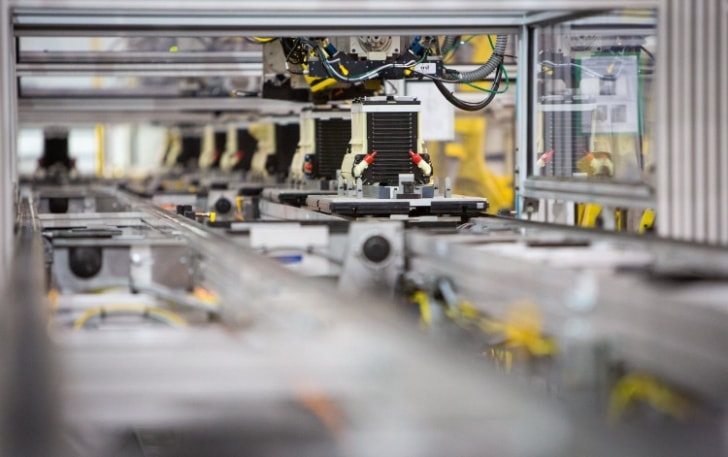Make in India today is not addressing ‘Design in India’. Except for a few highly sophisticated technologies, we should by now have been able to design most products in India. Why has this not happened in spite of India boasting of the largest pool of young qualified engineers?
Let us look at the thrust sectors over the last two years — Electronics System Design & Manufacture (ESDM), aerospace and defense indigenisation. These areas involve state-of-the-art design and manufacturing capability which should result in truly Indian products and services. However, in spite of a six decade legacy of ‘licenced manufacturing’ of age-old products, we still haven’t demonstrated our capabilities of creating home-grown Indian products.
Over the past two decades, manufacturing in India has been dying a slow death due to various reasons. The most important of which has been the extraordinary growth of the information technology sector and the huge opportunities it provided for employment of graduates. This in turn attracted and encouraged the workforce, especially engineers, to focus on honing their skills in this field, while neglecting to improve their capabilities in the core engineering domains.
Contrast this picture with China where an environment was created that enabled the country to leapfrog over many advanced nations to become a manufacturing superpower. China welcomed global multinationals to set up their industries there — whether they were for fabrication of ICs or manufacturing aircraft. But they did not stop there. Through a close coordination between universities and the industry, China managed to reverse engineer these technologies to create their own design teams — from sophisticated aircraft and semiconductor fabs right down to stuffed speaking toys.

India needs skilled engineers
If the ‘Make in India’ goal has to make an impact on the Indian economy, we need to first skill our engineers in the art of products design and further to manufacture them in innovatively designed factories manned with skilled engineering manpower. This represents the core issue to our problems. We don’t have the skilled engineers to design products and drive the cogs of the manufacturing wheel, especially in the high-end technology fields.
This problem is magnified in the Aerospace and Defence sectors, where we need to build capabilities not only in design but also in robust processes, documentation and project management. Studies show that out of the 1.5 million engineering graduates emerging from universities across India every year, only 4 -7 per cent are employable in the core engineering industries (Aspiring Minds, Report 2014).
An earlier study by the World Bank (2010) shows that employers are not satisfied with the fresh graduates they recruit, providing evidence that ‘the Engineering education institutions and the system does an inadequate job of developing analytical, evaluating and creative engineers.’
There is a lot of buzz about skilling, but again, the emphasis is only on skilling lower-level technicians. While this is important, it is imperative that we train and skill our engineers in the high value-addition areas of product and engineering design. Engineers aspiring for jobs in high technology companies in the core engineering sector, such as Aerospace, Defence or ESDM, find that they are completely out of their depth, and need to be trained for several months on the job, before they can be productive.
Skilling of engineers cannot happen overnight. This has to be part of an integrated scheme that develops interest, aptitude and aspiration to excel as a practising engineer. Design skills lie at the top of the pyramid that includes a variety of multi-disciplinary skills besides the need for being very systematic and analytical. A designer also needs to continuously keep abreast of technology and use it to innovate continuously.
A good design takes into consideration the entire product life-cycle that includes ease of use (User interface), ease of manufacture, maintenance and repair, among others. Design capability results from a closed loop process comprising Design, Analysis, Manufacture and Testing, as well as Maintenance and Support.
Such skilling cannot be done in a college environment. Universities and engineering colleges need to tie up with industries to provide the engineers hands-on exposure to live projects within the industry. This is where the limitations of the present university education system prevent a holistic exposure to practice. And this is where industry has its role to play, by giving a practical exposure to the aspiring engineers.
The need of the hour is therefore to bring all stakeholders together to the table to chalk out a holistic plan. This includes colleges, universities, industry representatives as well as the government representatives. Each one has an important role to play. To ensure the success of the ‘Make in India’ initiative, we need to think holistically. We need to ‘Create in India’, ‘Innovate in India’, ‘Design in India’ and ‘Manufacture in India’.
The original article appeared on DeccanHerald.
